The Star Trek Sequel That Is Secretly Brilliant
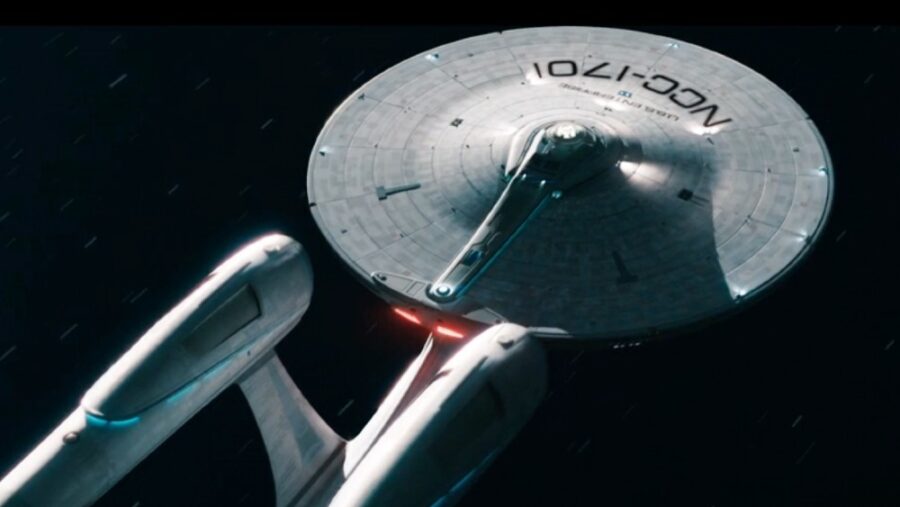
After the runaway success of Star Trek (2009), many fans and critics felt the sequel film Star Trek Into Darkness was a disappointment and the general consensus was that the whole thing felt like a less impressive version of The Wrath of Khan. Now, we’ll grant you that bringing Khan back was a terrible decision that led directly to a lackluster third act. However, if you can look past the flaws glaring as brightly as J.J. Abrams’ lens flares, you’ll discover that Star Trek Into Darkness is secretly one of the most brilliant films in the franchise.
Kirk’s Career
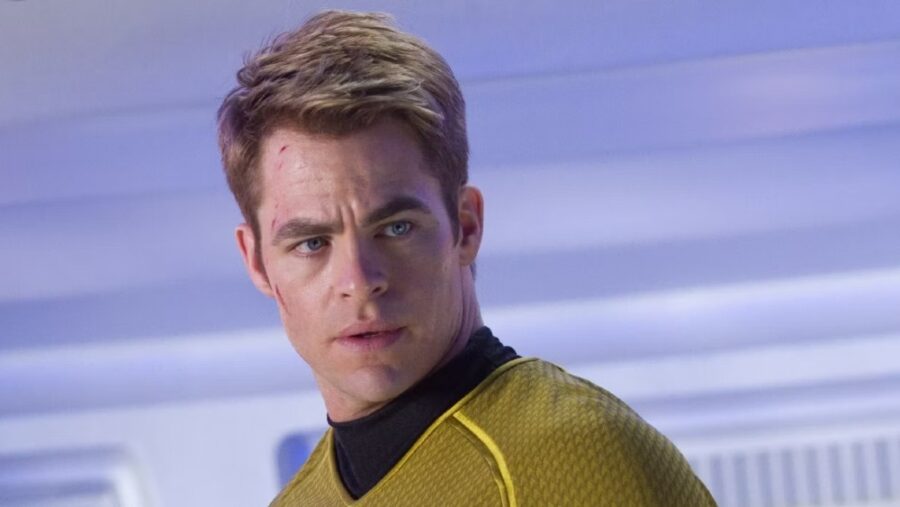
One of the things I love best about Star Trek Into Darkness is that it almost immediately addresses the insane ending of the previous film. In Star Trek (2009), after Kirk and his fellow Starfleet Academy cadets save Earth from the Romulan Nero, they all get to bypass the rest of their academy training and jump right into working on one of Starfleet’s most advanced ships. Kirk himself, after entering the academy late and generally being a womanizing rule-breaker, is suddenly catapulted into command of the Enterprise.
Giving someone so much power at a young age is a terrible idea, and Star Trek Into Darkness proves this by having Kirk immediately violate the Prime Directive, causing Starfleet to take away his captaincy. Drama with Khan almost immediately gets Kirk out of trouble and back out into the field, but I still enjoyed the movie going out of its way to showcase that Kirk still had a lot of growing up to do. He wasn’t really captain material by the end of the first film, and this sequel highlights how he had to literally die for the crew before gaining some much-needed maturity.
Star Trek Self Correction
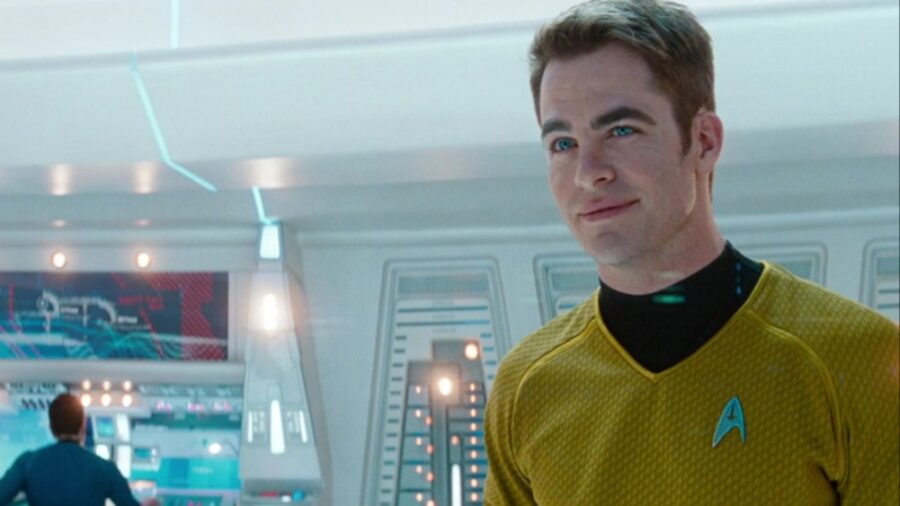
The very fact that the absurdity of Kirk’s instant promotion is addressed in Star Trek Into Darkness, makes it unique in at least one way: it proves to be a Star Trek film that pokes fun at its own ideas while also giving the main character some much-needed character growth. We’ll take that over another grimdark episode of NuTrek featuring perfect, static characters any day of the week.
Section 31
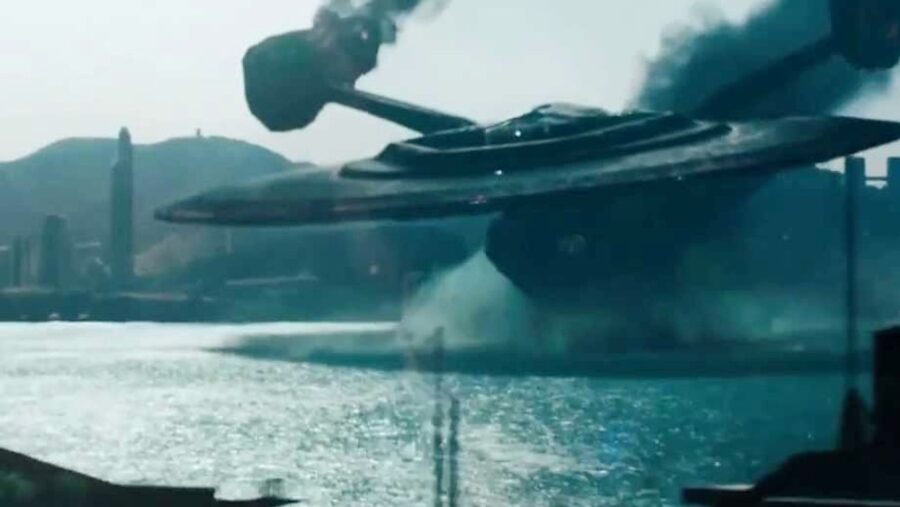
Even though the secretive organization is set to get its own Star Trek movie very soon, Section 31 remains one of the most controversial ideas in franchise history. The notion that Starfleet has a hidden division that handles dirty tricks and wetwork has never sat well with many fans specifically because it is so contrary to the philosophy and ethos of Trek. With that being said, Star Trek Into Darkness is one of the few times that Section 31 is used very well.
We get the requisite evil admiral (played by RoboCop himself, Peter Weller) who has exploited Khan’s genius to develop a powerful Starfleet Dreadnaught-class ship. It’s easy to be dismissive of the movie giving us yet another bad guy with another huge ship, but it actually makes plenty of narrative sense that Section 31 would now be working so brazenly. The inciting incident of the Kelvinverse was an impossibly powerful Romulan ship destroying a Starfleet vessel, so it figures that Section 31 would have spent the intervening decades trying to build bigger and badder weapons.
Reflecting The Real World
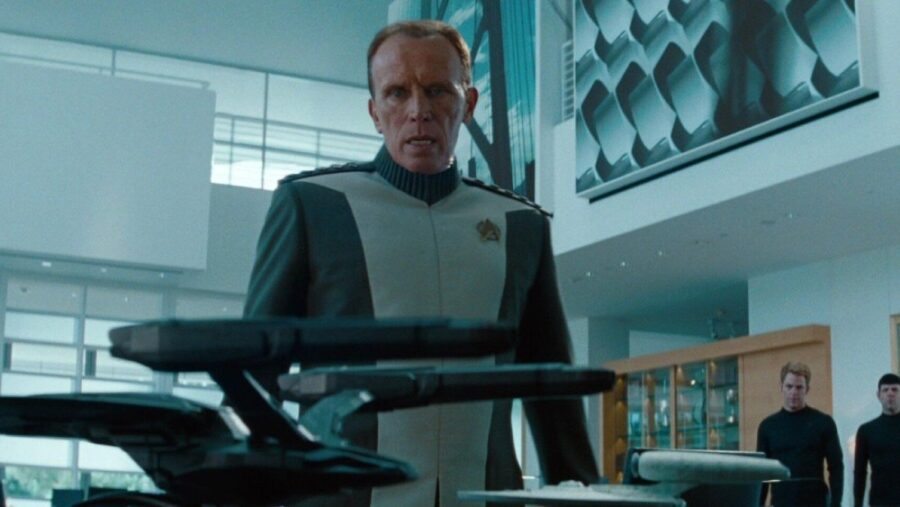
The idea that Section 31 could now operate more openly than we saw on Deep Space Nine points to characters like Admiral Marcus seizing power after Starfleet barely survived Nero’s attack. That grounds Star Trek Into Darkness with a crunchy metaphor about how national governments around the world always use national defense as a pretext for taking the most inhumane of actions.
Kirk And Spock
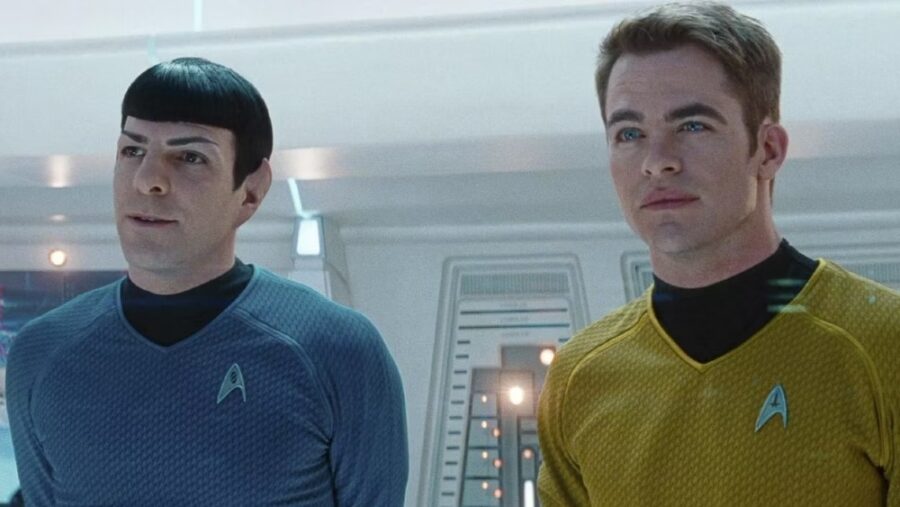
Another thing fans like to dunk on Star Trek Into Darkness about is how it inverts the climax of The Wrath of Khan. Kirk dies sacrificing himself rather than Spock, leaving the now angry Vulcan to retrieve some blood from Khan–blood, conveniently enough, that is able to bring Kirk back to life. I’ll grant you that this entire plot is deeply disappointing, but here’s the thing: underneath that goofy climax is a solid understanding of Kirk and Spock’s friendship, and that understanding helps the movie shine.
An inherent problem of Star Trek (2009) is that it accelerated all character relationships, thrusting Kirk and Spock into a reluctant partnership rather than giving their friendship years to develop. They don’t always connect, but Into Darkness takes its biggest swings when it shows Kirk trying to explain the importance of their growing friendship to Spock, a character who doesn’t truly understand all of this until Kirk is dead.
In that way, this often-overlooked sequel gives us some of the best Kirk and Spock character development the franchise has ever seen, and the performances from Chris Pine and Zachary Quinto really sell this as a legendary friendship.
There are plenty of better Star Trek films, including the one that came immediately after this one. However, no other film quite emphasizes how Kirk and Spock are the heart and soul of the Enterprise, and that’s just one more reason this sequel is secretly brilliant.












